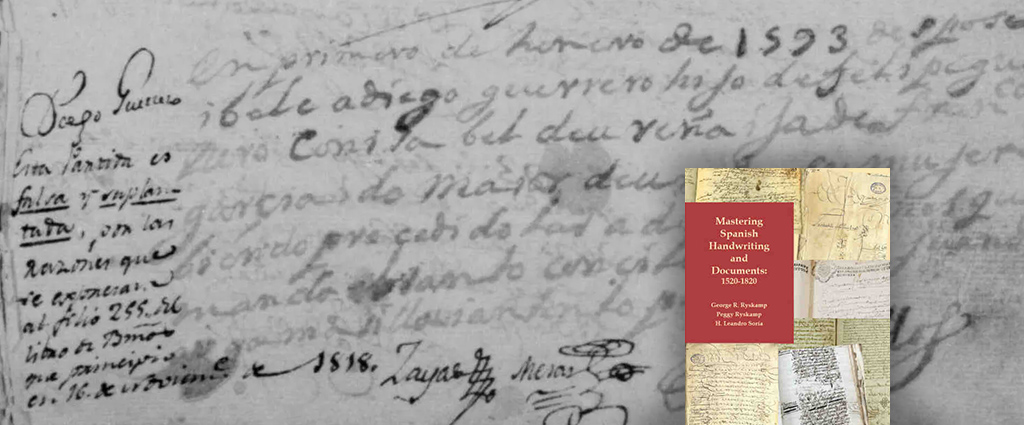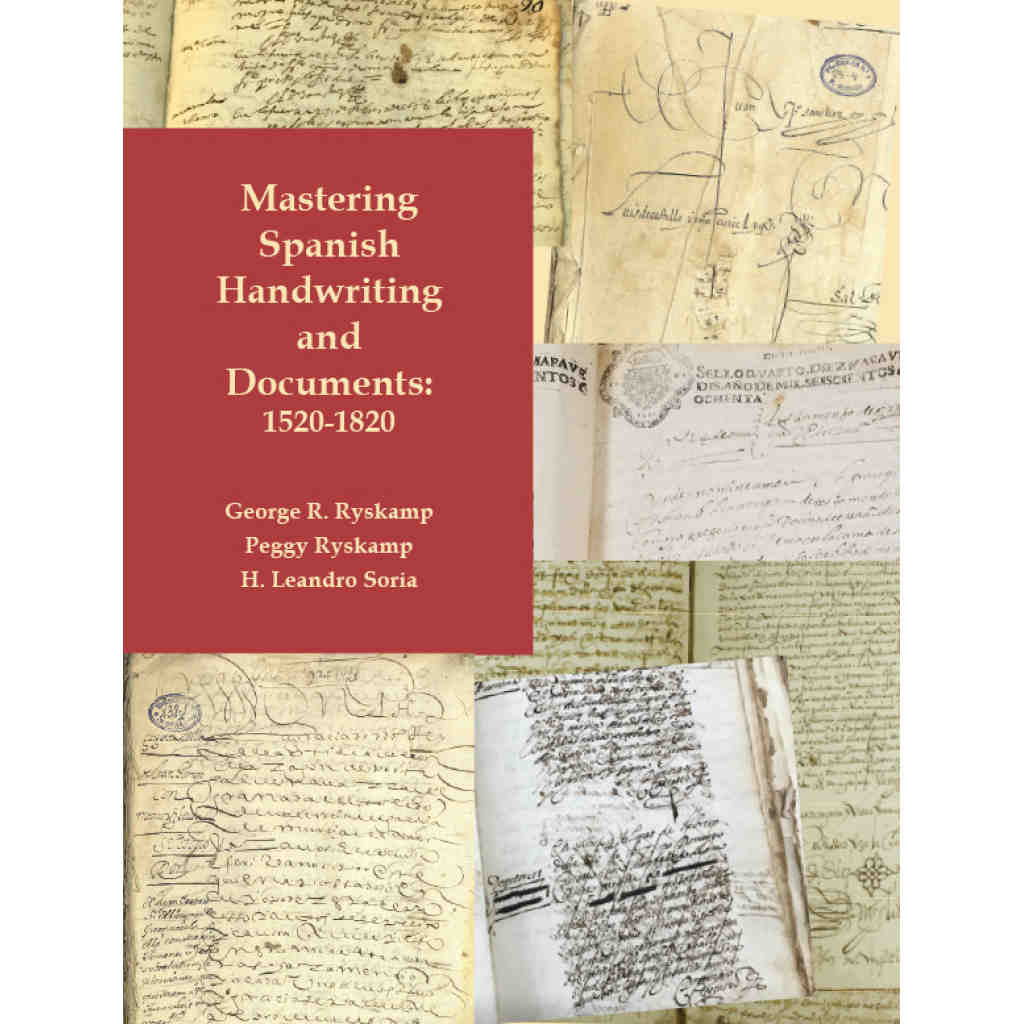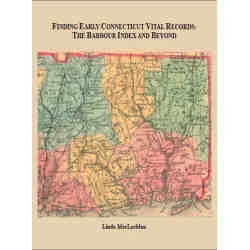
Chapter Twelve of Mastering Spanish Handwriting and Documents, 1520-1820 tackles the difficult task of transcribing the 16th-century Cortesana style of Spanish handwriting commonly found in documents created by notaries and other officials of the Spanish Empire. With a nod to Miguel Cervantes’ Don Quixote, authors George Ryskamp, Peggy Ryskamp, and Leandro Soria introduce the notorious “scribbles and scrawls” of Cortesana when Quixote admonishes the loyal Sancho Panza to have his love letter to Dulcinea copied onto paper—but not by a notary, who would inevitably use the dreaded Cortesana-Procesal style.
To further illustrate the challenges of Cortesana-Procesal and the guidance provided by the authors of Mastering Spanish Handwriting and Documents, 1520-1820 for making it comprehensible, we have presented here the opening page of Chapter Twelve and three explanatory pages that transform some baptismal records of the Parish of Asuncion Sagrario in Mexico from “scribbles and scrawls” to contemporary Spanish, to English, and finally with a commentary on the document that promises to be of benefit elsewhere.
SAMPLE





